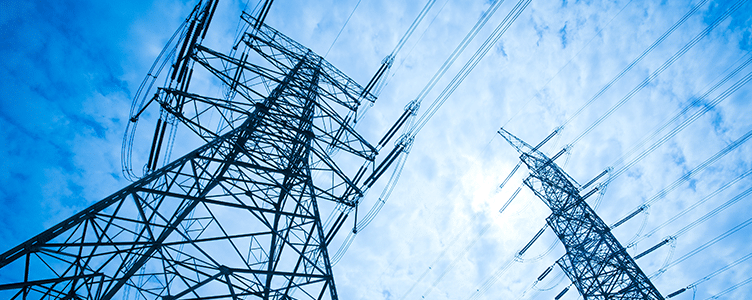
4 key applications of mica electrical insulation
Mica is highly suited to use as insulation in electrical applications – low, mid or high voltage – because of its superior performance. Mica has a high dielectric strength, able to withstand up to 2000 kV/mm before breaking down. In addition, it also has relatively high permittivity, meaning that it performs well as a dielectric in a capacitor. In terms of its physical properties, mica is highly durable and can also be strengthened by combining and laminating it with glass or ceramic, which is common in electrical applications.
With that in mind, let’s look at some more specific applications in which mica electrical insulation is useful.
Power electronics
Resistors and capacitors
Distorted voltages and or currents can reduce the quality and reliability of electrical instruments – which is a particular problem where high-precision is required, such as in power electronics. These distorted signals can as a result cause a decline in overall performance as well as faster deterioration of the equipment, meaning more frequent, potentially costly repairs.
Using mica within resistors and capacitors can help to improve the stability of high precision and high-performance circuits. In resistors, the element can be wound around a ceramic mica tube in order to filter out unwanted frequencies and improve accuracy. Mica is ideal particularly in high-speed applications as it is able to withstand incredibly high temperatures.
In capacitors, mica is commonly used as the dielectric component. Mica can help to increase the capacitance of a system, as well as prevent the conductive parts of the capacitor from coming into electrical contact. Mica has relatively low tolerance, meaning the capacitance does not vary too greatly from the nominal value, enabling it to remain stable over time and a wide range of temperatures, voltages and frequencies.
Electrical components
Mica is also used in a variety of form factors for other electrical components in power electronics. This includes transistors, where mica can be used to amplify particular signals and block out others. It is also commonly used as insulation in power diodes, semiconductors and rectifiers. Mica can help to fully insulate semiconductors from their chassis, helping to dissipate heat and keep the components cool. The aforementioned high breakdown voltage adds additional stability and safety.
Consumer electronics
In addition to being used in high performance, high voltage and extremely high temperature applications, mica is also commonly used in everyday appliances and consumer electronics. As it is so easy to shape, it is suitable for mass producing components, allowing electronic manufacturers to ensure they meet strict safety standards. Its versatility is also highly suited to small form factors, which is desirable as demand for higher performance in consumer electronics has to be balanced with considerations regardingdesign, weight and size.
Bespoke solutions
Mica is incredibly versatile, durable and has superior electrical and thermal properties. As such, with the right expertise, it can be employed in completely bespoke applications that suit the individual needs of a manufacturer. We regularly work closely with customer product engineers and research and development teams to design, prototype and produce bespoke mica electrical insulation that will help them achieve the safety and performance standards that they require.
If you have an electrical insulation challenge you’d like to discuss with our experts, get in touch.
